Home>diy>Planning & Engineering>What Is Zoning For Multifamily
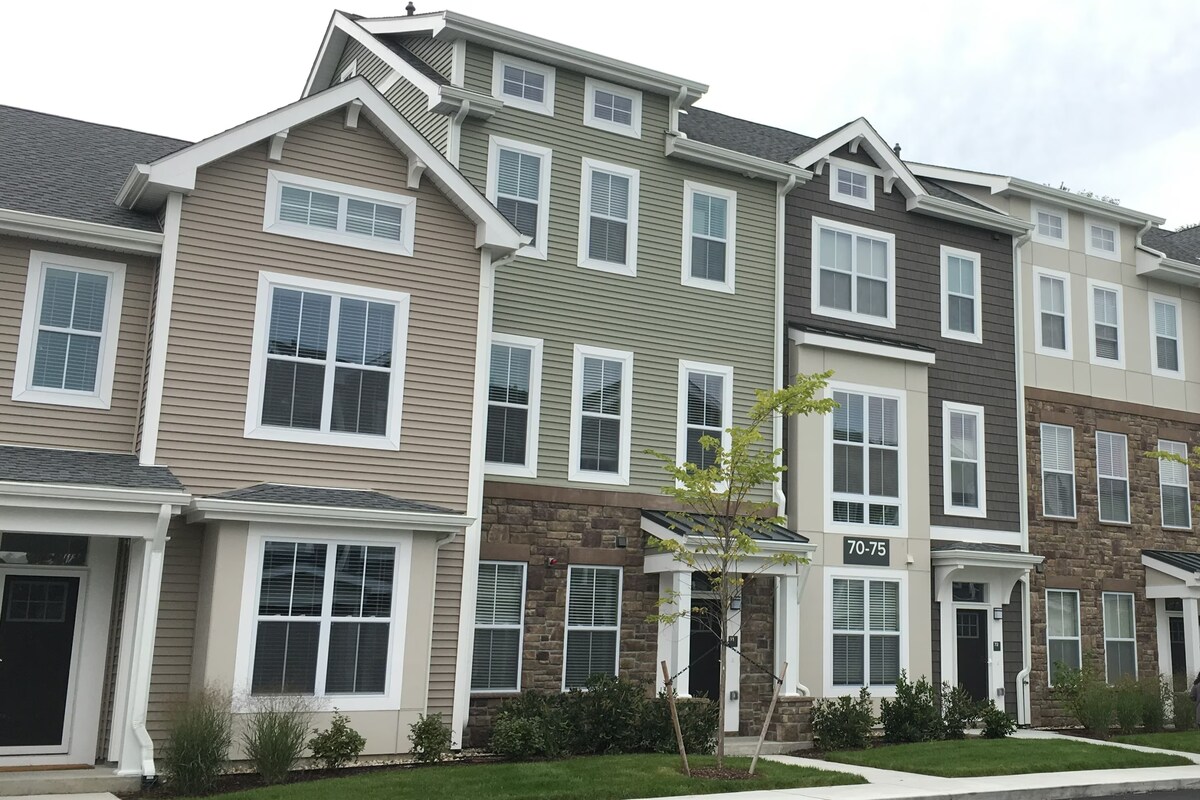

Planning & Engineering
What Is Zoning For Multifamily
Modified: October 20, 2024
Learn about zoning for multifamily properties and how it relates to planning and engineering. Gain insights into the importance of proper planning-engineering in the multifamily development process.
(Many of the links in this article redirect to a specific reviewed product. Your purchase of these products through affiliate links helps to generate commission for Storables.com, at no extra cost. Learn more)
Introduction
Welcome to the world of zoning for multifamily properties. In this article, we will explore what zoning entails, its definition, and its importance in the context of multifamily developments. Whether you are a real estate developer, investor, or simply curious about the intricacies of urban planning, zoning plays a crucial role in shaping the built environment.
Zoning refers to the regulations and restrictions imposed by local governments on land use. It divides land into different zones or districts, each with specific purposes and permitted uses. From residential to commercial, industrial, and recreational, zoning ensures that different types of developments coexist harmoniously and that each zone adheres to its intended purpose.
Specifically focusing on multifamily properties, zoning regulations determine the location and density of these developments, as well as the types of buildings and amenities allowed. They help create communities with a mix of housing options, accommodating different budgets, lifestyles, and needs.
Understanding the purpose and benefits of zoning for multifamily is essential for developers and investors involved in such projects. By complying with these regulations and embracing the advantages they offer, you can navigate the complex urban landscape and create successful and sustainable multifamily developments.
In the following sections, we will delve into the nuances of zoning for multifamily, exploring its various types, regulations, challenges, and real-world examples of successful implementations. Join us on this journey as we navigate the intricacies of creating vibrant and inclusive communities through strategic zoning for multifamily properties.
Key Takeaways:
- Zoning for multifamily properties is crucial for creating vibrant, inclusive communities by managing land use, promoting housing diversity, and ensuring environmental sustainability.
- Successful zoning projects, such as those in Minneapolis and Portland, demonstrate the transformative power of strategic zoning in shaping thriving multifamily developments.
Read more: What Is Multifamily Construction
Definition of Zoning
Zoning is a system of land use regulation implemented by local governments to control the development and use of land within a specific jurisdiction. It involves dividing land into different zones or districts, each with its own set of regulations and restrictions regarding the types of activities and developments allowed.
The primary purpose of zoning is to ensure that land use is organized in a way that promotes the well-being and harmony of the community. By allocating specific areas for different uses such as residential, commercial, industrial, and recreational, zoning aims to prevent conflicting land use and maintain a balance between different types of developments.
Zoning regulations prescribe what activities are permitted or prohibited within each zone and dictate various parameters, including building height, setback requirements, lot size, parking availability, and density. These regulations are typically outlined in a zoning code or ordinance, which is a legal document created by the local government.
The specific regulations within a zoning code can vary significantly from one jurisdiction to another, reflecting the unique needs and characteristics of each community. While the general principles of zoning remain consistent, the details may differ based on factors like population density, environmental considerations, and local economic priorities.
Within the context of multifamily zoning, the regulations not only determine the type of residential development permitted, but also aspects such as the maximum number of units, building design requirements, open space provisions, and other factors that impact the overall livability and sustainability of the community.
Ultimately, zoning provides a framework for land use planning, guiding the growth and development of cities and towns. By carefully balancing the needs of different stakeholders, zoning helps create more organized and cohesive communities while ensuring compatibility between different land uses.
Purpose of Zoning for Multifamily
Zoning for multifamily serves several important purposes that contribute to the overall well-being and functionality of urban areas. Let’s explore some of the key reasons why zoning regulations are implemented specifically for multifamily developments:
- Managing Land Use: Zoning ensures that land is utilized efficiently and effectively. By designating specific areas for multifamily developments, local governments are able to concentrate housing options within designated zones, allowing for more organized and balanced land use.
- Preserving Community Character: Zoning for multifamily helps preserve the character and identity of different neighborhoods. By establishing guidelines on building size, architectural design, and density, zoning regulations can shape the physical appearance of a community and maintain its unique aesthetic appeal.
- Promoting Housing Diversity: Zoning regulations for multifamily encourage a diverse range of housing options. By designating specific areas for apartment complexes, townhouses, or mixed-use developments, zoning allows for a mix of rental and ownership housing, accommodating the needs of various income levels, family sizes, and lifestyles.
- Supporting Urban Growth: Zoning plays a critical role in managing urban growth by strategically allocating land for multifamily developments. This helps prevent sprawl and promotes compact, walkable neighborhoods with access to essential services, amenities, and public transportation.
- Fostering Community Connectivity: Multifamily zoning regulations can promote community connectivity by requiring developers to include features such as sidewalks, parks, public gathering spaces, and pedestrian-friendly infrastructure. These elements encourage social interaction and a sense of community among residents.
- Ensuring Environmental Sustainability: Zoning for multifamily can incorporate sustainability requirements, such as energy-efficient building standards, green spaces, and water conservation measures. By integrating environmentally friendly practices into multifamily developments, zoning helps promote a more sustainable and resilient urban environment.
Overall, the purpose of zoning for multifamily is to create balanced, livable, and inclusive communities. It helps meet the housing needs of a diverse population, promotes economic vitality, and contributes to the overall quality of life in urban areas. By guiding the location, design, and density of multifamily developments, zoning regulations play a crucial role in shaping the future of our cities.
Benefits of Zoning for Multifamily
Zoning for multifamily properties offers numerous benefits that contribute to the overall well-being of communities and enhance the quality of life for residents. Let’s explore some of the key advantages of zoning regulations specifically tailored to multifamily developments:
- Housing Affordability: Zoning regulations for multifamily can promote housing affordability by allowing for a variety of housing types and sizes. This enables a diverse range of rental and ownership options, accommodating different income levels and lifestyles. By providing more affordable housing choices, zoning helps foster inclusive communities.
- Community Integration: Multifamily zoning promotes community integration by creating neighborhoods that blend residential, commercial, and recreational spaces. This mixed-use development approach encourages walkability and reduces reliance on cars, fostering a sense of community and social interaction.
- Environmental Sustainability: Zoning requirements for multifamily developments often include environmental considerations, such as energy-efficient building standards and the incorporation of green spaces. These measures promote sustainable living practices, reduce carbon footprints, and contribute to a more environmentally conscious and resilient community.
- Access to Amenities: Zoning for multifamily ensures that residents have convenient access to essential amenities such as schools, parks, shopping centers, and public transportation. By strategically locating multifamily developments near these facilities, zoning enhances the overall livability of communities.
- Optimal Land Use: Zoning regulations help maximize the efficient use of land by integrating higher-density multifamily developments in appropriate areas. This approach minimizes urban sprawl, preserves open space, and protects valuable agricultural and natural lands.
- Economic Development: Multifamily zoning can stimulate economic growth by attracting investment and fostering vibrant mixed-use communities. The presence of residential, commercial, and recreational spaces in close proximity creates opportunities for local businesses, supports job creation, and contributes to an active and diverse local economy.
- Improved Infrastructure: Zoning for multifamily ensures that the necessary infrastructure, such as roads, utilities, and public services, is in place to support a higher-density population. This infrastructure planning helps prevent strain on existing resources and enables efficient delivery of essential services to residents.
By combining these benefits, zoning for multifamily properties creates well-designed, sustainable, and inclusive communities that promote a high quality of life for residents. It facilitates the development of affordable housing, encourages social interaction, and supports economic growth, ultimately contributing to the overall prosperity and vitality of urban areas.
Types of Zoning for Multifamily
Zoning for multifamily developments encompasses various types of zoning classifications that dictate the specific regulations and allowable land uses within designated areas. Understanding these different types of zoning is essential for developers, investors, and policymakers involved in multifamily projects. Let’s explore some common types of zoning for multifamily:
- Residential Zoning: This type of zoning is specific to residential land uses and typically includes various categories based on density, such as low-density residential (R-1), medium-density residential (R-2), and high-density residential (R-3). Residential zoning allows for different multifamily housing options, from single-family homes to apartment complexes, townhouses, and condominiums.
- Mixed-Use Zoning: Mixed-use zoning combines residential, commercial, and/or industrial uses within the same area. It encourages the integration of multifamily housing with retail, offices, and other compatible land uses. Mixed-use zoning promotes walkability, reduces the need for automobile travel, and creates vibrant, mixed-use neighborhoods.
- Transit-Oriented Development (TOD) Zoning: TOD zoning encourages the development of multifamily properties in close proximity to public transportation hubs, such as subway stations, train stations, or bus stops. It aims to create compact, walkable communities that provide easy access to public transportation, reducing reliance on private vehicles and promoting a more sustainable transportation system.
- Inclusionary Zoning: Inclusionary zoning requires developers to include a certain percentage of affordable housing units within their multifamily developments. It seeks to address housing affordability issues by ensuring that a portion of the housing stock remains accessible to low- and moderate-income households. Inclusionary zoning facilitates diverse and inclusive communities.
- Historic Overlay Zoning: Historic overlay zoning protects and preserves historic buildings or neighborhoods by imposing additional regulations on development within these designated areas. It ensures that new multifamily construction and renovation projects adhere to specific design guidelines in order to maintain the historic character and integrity of the surrounding environment.
- Planned Unit Development (PUD) Zoning: PUD zoning allows for flexibility in land use regulations by granting developers the ability to deviate from conventional zoning requirements in exchange for providing certain community benefits. This type of zoning encourages creative and sustainable design approaches, promoting a mix of multifamily housing, open spaces, and amenities.
- Eco-District Zoning: Eco-district zoning focuses on environmental sustainability by incorporating green building practices, renewable energy sources, water conservation measures, and other environmentally friendly elements into multifamily developments. It aims to create environmentally conscious communities that minimize their impact on the planet and promote a sustainable way of living.
It’s important to note that the specific types of zoning for multifamily may vary across different jurisdictions, as each community has its own unique needs and priorities. Developers and investors should familiarize themselves with the local zoning regulations and work closely with planning departments to ensure compliance and optimize their multifamily projects.
When considering zoning for multifamily properties, it’s important to research the specific zoning regulations and restrictions in the area you are interested in. This will help you understand the potential limitations and opportunities for development.
Zoning Regulations for Multifamily
Zoning regulations for multifamily properties outline the specific requirements and restrictions that govern the development and use of land for residential purposes. These regulations vary depending on the jurisdiction, but there are common elements that developers and investors should be aware of when planning and constructing multifamily projects. Let’s explore some of the key zoning regulations for multifamily properties:
- Building Density: Zoning regulations specify the maximum number of dwelling units that are allowed per acre or per lot size. This helps determine the overall density of the multifamily development and ensures that it aligns with the designated zoning district.
- Height Restrictions: Zoning regulations often include height limitations for buildings within multifamily zones. These restrictions aim to maintain the visual harmony of the neighborhood, prevent overshadowing, and manage the impact on surrounding properties.
- Setback Requirements: Setback regulations determine the distance between the property line and the building’s exterior walls. They ensure that there is sufficient space between structures, providing privacy, light, and air circulation. Setback requirements may vary based on the zoning district and the height of the building.
- Parking: Zoning regulations typically specify the minimum number of parking spaces required for multifamily developments. The parking requirement is often based on the number of units or bedrooms in the development. Some jurisdictions may have specific guidelines for providing bicycle parking and electric vehicle charging stations.
- Amenities and Open Space: Zoning regulations may include requirements for providing certain amenities and open space within multifamily developments. These can include common areas, playgrounds, fitness centers, gardens, or other recreational spaces that contribute to the overall livability of the community.
- Architectural Design: Zoning regulations may dictate certain design standards or architectural guidelines that developers must adhere to within multifamily zones. These regulations aim to ensure the compatibility and visual appeal of new construction with the surrounding environment.
- Landscaping and Green Space: Zoning regulations often include provisions for landscaping and green space within multifamily developments. This can include requirements for tree planting, shrubbery, and the preservation of natural features to enhance the aesthetic appeal and environmental sustainability of the project.
- Accessibility: Zoning regulations may incorporate accessibility requirements to ensure that multifamily developments are accessible to people with disabilities. This can include provisions for accessible parking, entrances, common areas, and units, in compliance with relevant accessibility codes and standards.
- Noise and Environmental Impact: Zoning regulations may include provisions to mitigate noise and environmental impacts associated with multifamily developments. This can include restrictions on certain activities, soundproofing requirements, and measures to address potential pollution or environmental hazards.
It is important for developers and investors to thoroughly review and understand the zoning regulations specific to their jurisdiction. Compliance with these regulations is vital for obtaining the necessary permits and approvals for multifamily projects, ensuring the successful development and operation of the property within the confines of the law.
Challenges and Limitations of Zoning for Multifamily
While zoning regulations for multifamily properties serve important purposes, they also come with their fair share of challenges and limitations. Understanding these challenges is crucial for developers, investors, and policymakers seeking to navigate the complex landscape of multifamily zoning. Let’s explore some of the key challenges and limitations of zoning for multifamily:
- Limited Available Land: Zoning regulations may restrict the availability of suitable land for new multifamily developments. As urban areas become more densely populated, finding large enough parcels of land with the appropriate zoning designation can be a challenge. This limitation can drive up land prices and hinder the creation of new affordable housing options.
- Cost of Compliance: Meeting all the requirements and regulations set forth by zoning codes can add significant costs to multifamily development projects. Developers must invest in design modifications, environmental impact studies, additional amenities, and other compliance measures, which can strain resources and make projects financially unfeasible.
- Community Resistance: Zoning for multifamily developments can face opposition from local residents and communities who may perceive higher-density housing as a threat to their neighborhood’s character or property values. NIMBY (Not In My Backyard) sentiments might lead to community resistance or legal challenges, potentially delaying or derailing proposed multifamily projects.
- Inflexibility: Zoning regulations can be rigid and inflexible, not always accommodating dynamic changes in housing needs or innovative design approaches. This lack of flexibility can hinder the development of creative solutions, such as mixed-use developments or alternative housing models that may better serve the community’s needs.
- Impact on Affordability: Zoning regulations can unintentionally contribute to the lack of affordable housing options. High-density requirements, excessive parking mandates, and other regulatory burdens can increase construction costs, making it challenging to provide housing at affordable price points.
- Insufficient Variation in Unit Sizes: Zoning regulations may not always account for the need for a diverse range of unit sizes within multifamily developments. A one-size-fits-all approach can result in a lack of smaller, more affordable units, or larger units that cater to specific community needs, limiting housing options for different demographics.
- Lack of Regional Coordination: In some cases, neighboring jurisdictions may have conflicting zoning regulations that create inconsistencies and inefficiencies in multifamily development. A lack of regional coordination can hinder the creation of cohesive communities and hinder the implementation of comprehensive solutions to address housing needs.
- Barriers to Sustainable Design: Zoning regulations may not always incentivize or endorse sustainable design practices in multifamily developments. This can hinder the implementation of environmentally friendly features and technologies, limiting efforts to reduce energy consumption, water usage, and carbon emissions.
It is important for policymakers to recognize and address these challenges and limitations to create zoning frameworks that are more responsive, adaptable, and supportive of multifamily development. By engaging in transparent and collaborative processes, involving stakeholders, and promoting innovation, jurisdictions can improve zoning regulations to better meet the needs of their communities and create more vibrant and sustainable multifamily environments.
Case Studies in Successful Zoning for Multifamily
Examining case studies of successful zoning for multifamily developments can provide valuable insights and inspiration for developers, investors, and policymakers. These examples demonstrate how strategic zoning can create vibrant, sustainable, and inclusive communities. Let’s explore a few notable case studies:
- The YIMBY Movement in Minneapolis, Minnesota: In 2018, the city of Minneapolis implemented a groundbreaking zoning reform known as the Minneapolis 2040 plan. This plan eliminated single-family zoning and allowed for the construction of multifamily buildings in previously restricted areas. The reform aimed to address housing affordability and promote racial equity by encouraging more affordable housing options across the city.
- The Pearl District in Portland, Oregon: This former industrial area has been transformed into a vibrant mixed-use neighborhood through a comprehensive zoning plan. The zoning regulations allowed for the development of a variety of multifamily housing options alongside retail, offices, and public spaces. The focus on walkability, a mix of architectural styles, and sustainable design principles has turned the Pearl District into a highly desirable and sought-after neighborhood.
- The Seaport District in Boston, Massachusetts: Once an underutilized area, the Seaport District in Boston underwent a zoning transformation that allowed for the development of a mix of residential, commercial, and cultural spaces. The zoning plan created an environment conducive to live-work-play, with a focus on transit-oriented development and public spaces. The result is a thriving district that has attracted businesses, residents, and visitors alike.
- EcoVillage in Ithaca, New York: This innovative zoning project aimed to create an environmentally conscious and sustainable community. The zoning regulations incentivize green building practices, include requirements for renewable energy systems, and promote shared amenities and green spaces. Through intentional zoning, EcoVillage has become a model for sustainable living, demonstrating the integration of multifamily developments with a focus on community and environmental stewardship.
- The High Line in New York City: The redevelopment of an abandoned elevated railway into a public park, known as the High Line, sparked a revitalization of the surrounding neighborhood. The zoning regulations for the area encouraged the development of mixed-use buildings with a focus on preserving historic structures. This successful zoning project led to a transformation of the neighborhood, attracting investment, creating green spaces, and fostering a vibrant community.
These case studies highlight the power of strategic zoning in shaping communities and fostering successful multifamily developments. By embracing innovative approaches, prioritizing affordability and sustainability, and creating inclusive spaces, these projects have had a positive impact on their respective cities.
It is important to note that the success of these projects was not solely due to zoning regulations, but also involved collaboration between public and private entities, community engagement, and a commitment to design excellence. Understanding and learning from these case studies can inspire and inform future zoning decisions, leading to the creation of more vibrant, resilient, and equitable multifamily communities.
Conclusion
Zoning for multifamily properties plays a vital role in shaping the built environment and creating vibrant, inclusive communities. From managing land use and preserving community character to promoting affordability, sustainability, and economic growth, zoning regulations have significant impacts on the development and livability of multifamily projects.
Throughout this article, we have explored the definition of zoning, the purpose and benefits of zoning for multifamily, different types of zoning classifications, specific regulations, and the challenges and limitations that come with zoning for multifamily. We have also examined case studies of successful zoning projects that have transformed neighborhoods and fostered thriving communities.
It is clear that effective zoning for multifamily requires careful consideration and balancing of various factors. Policymakers, planners, developers, and investors must work together to create zoning regulations that encourage diversity, affordability, and sustainability while respecting community character and addressing local needs.
Strategic zoning can support the creation of well-designed, walkable, and mixed-use neighborhoods that provide a range of housing options, access to amenities, and a sense of community. It can also drive economic development, promote sustainable practices, and enhance the overall quality of life for residents.
However, it is important to acknowledge and address the challenges and limitations of zoning, including limited available land, compliance costs, community resistance, and inflexibility. By recognizing these challenges, policymakers can develop more responsive and adaptable zoning frameworks that better serve the needs of communities.
As we move forward, it is essential to learn from successful case studies and continue to explore innovative approaches to zoning. Engaging in transparent and inclusive planning processes, incorporating community input, and embracing innovative design concepts can drive the development of multifamily projects that are more equitable, resilient, and environmentally sustainable.
In conclusion, zoning for multifamily is a powerful tool that, when used strategically and with a focus on community well-being, can contribute to the creation of vibrant, inclusive, and thriving neighborhoods. By harnessing the potential of zoning, we can shape the future of our cities and create environments that meet the diverse needs of residents for generations to come.
Frequently Asked Questions about What Is Zoning For Multifamily
Was this page helpful?
At Storables.com, we guarantee accurate and reliable information. Our content, validated by Expert Board Contributors, is crafted following stringent Editorial Policies. We're committed to providing you with well-researched, expert-backed insights for all your informational needs.
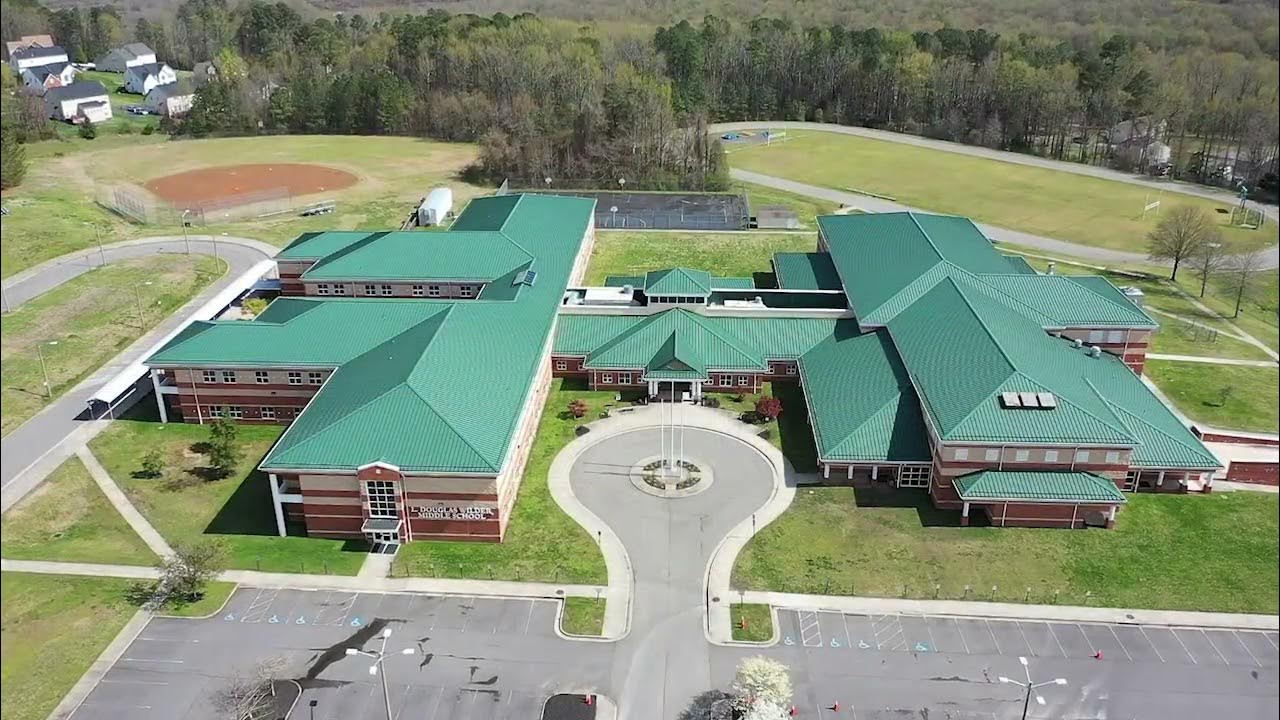



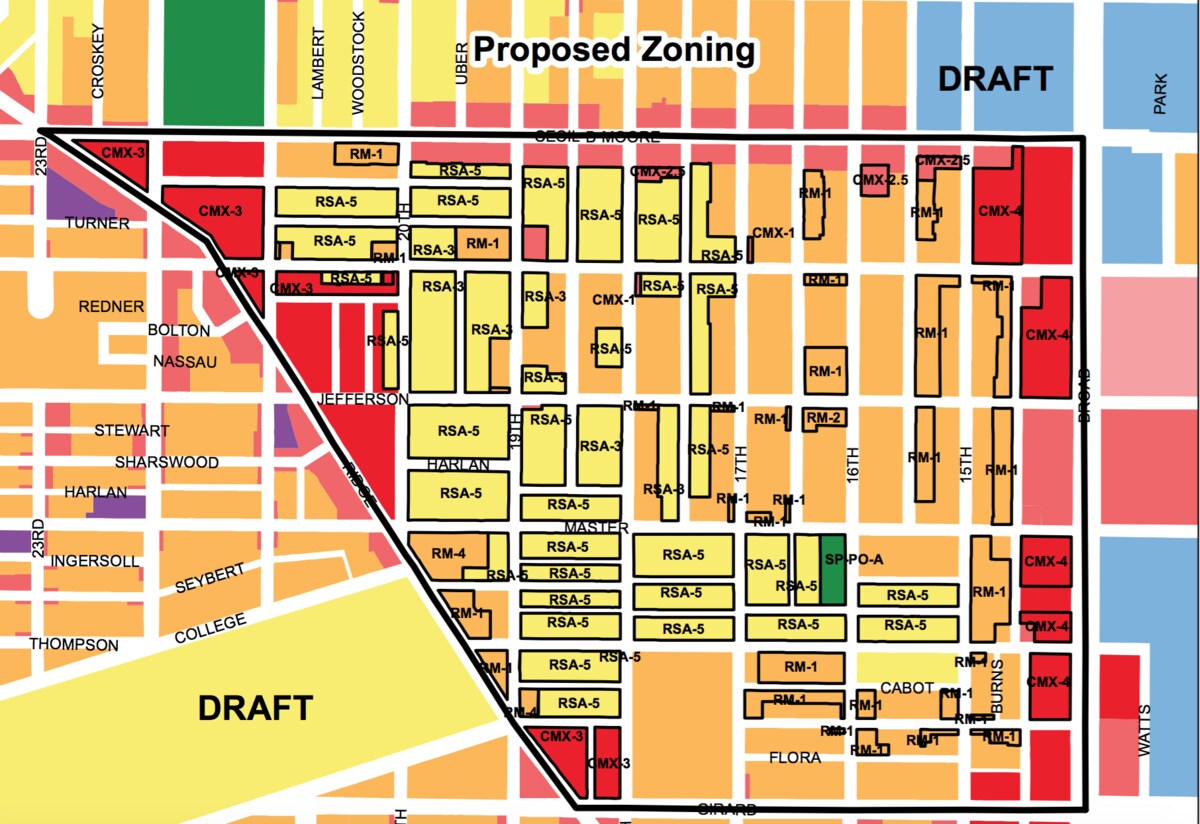

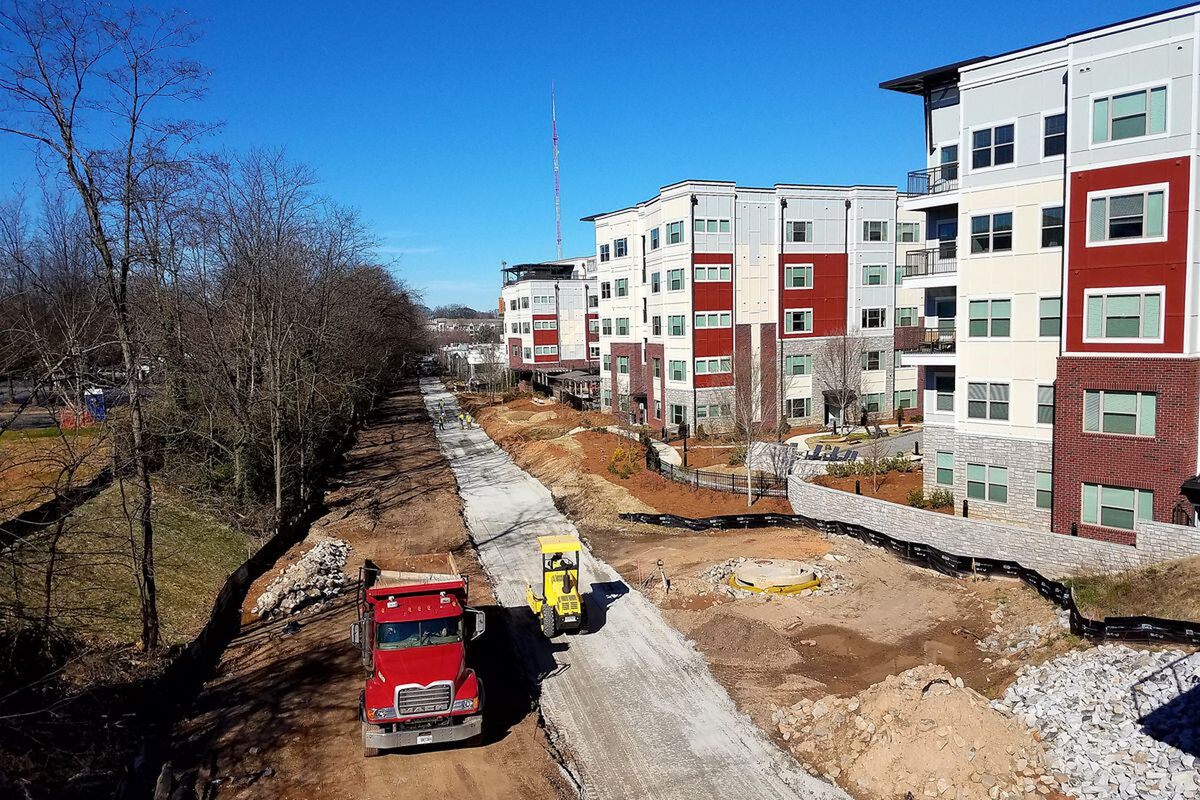

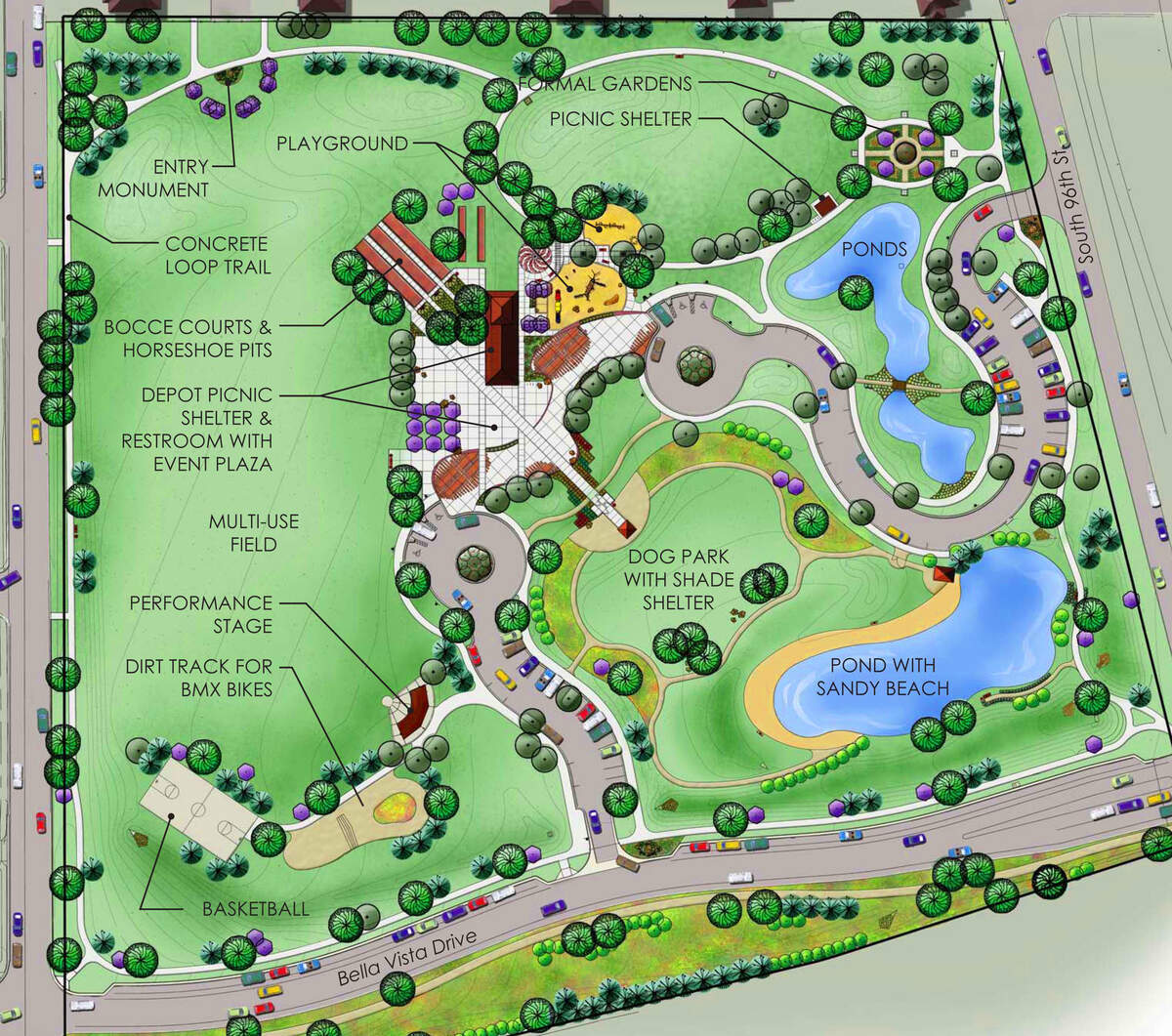

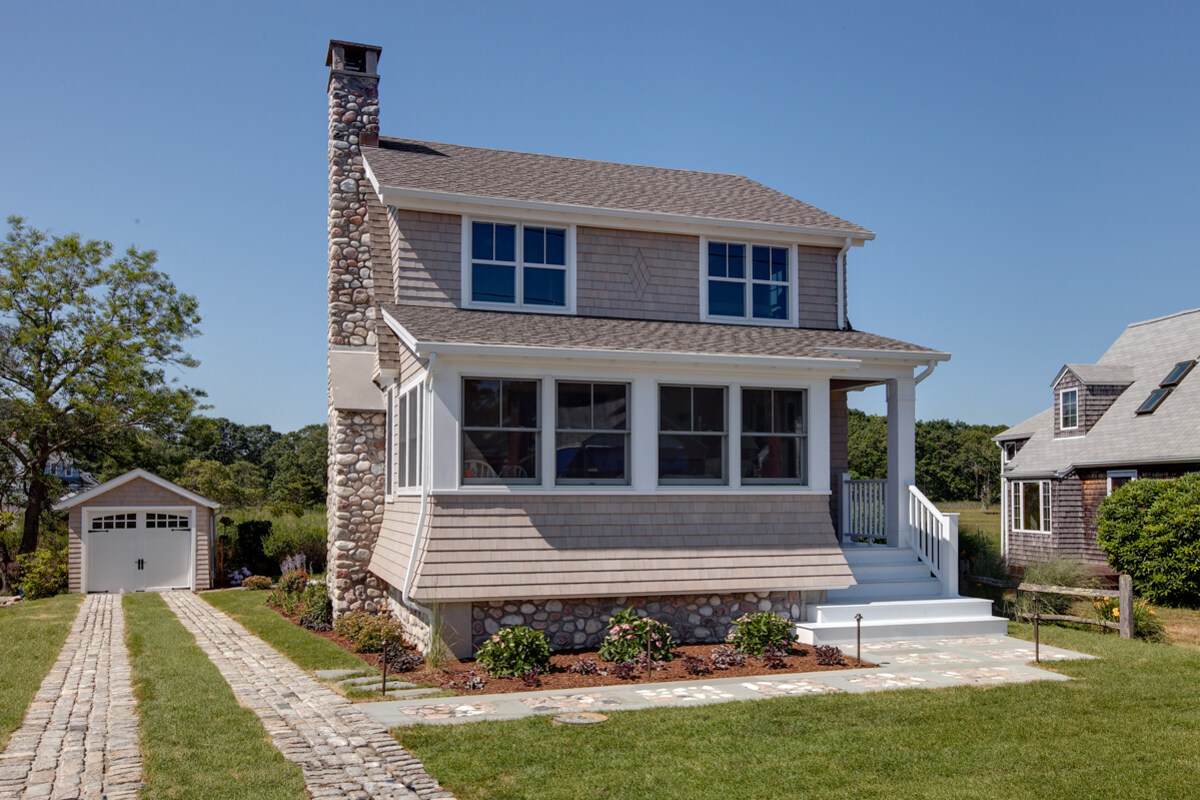
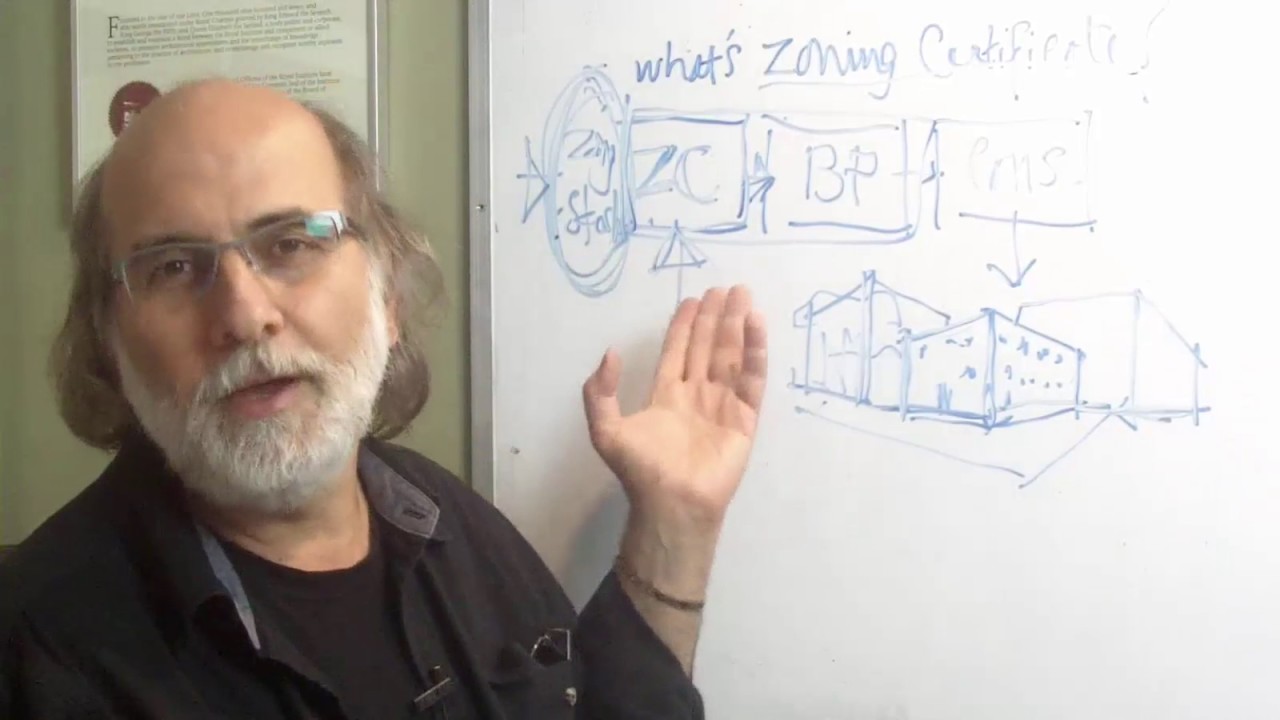

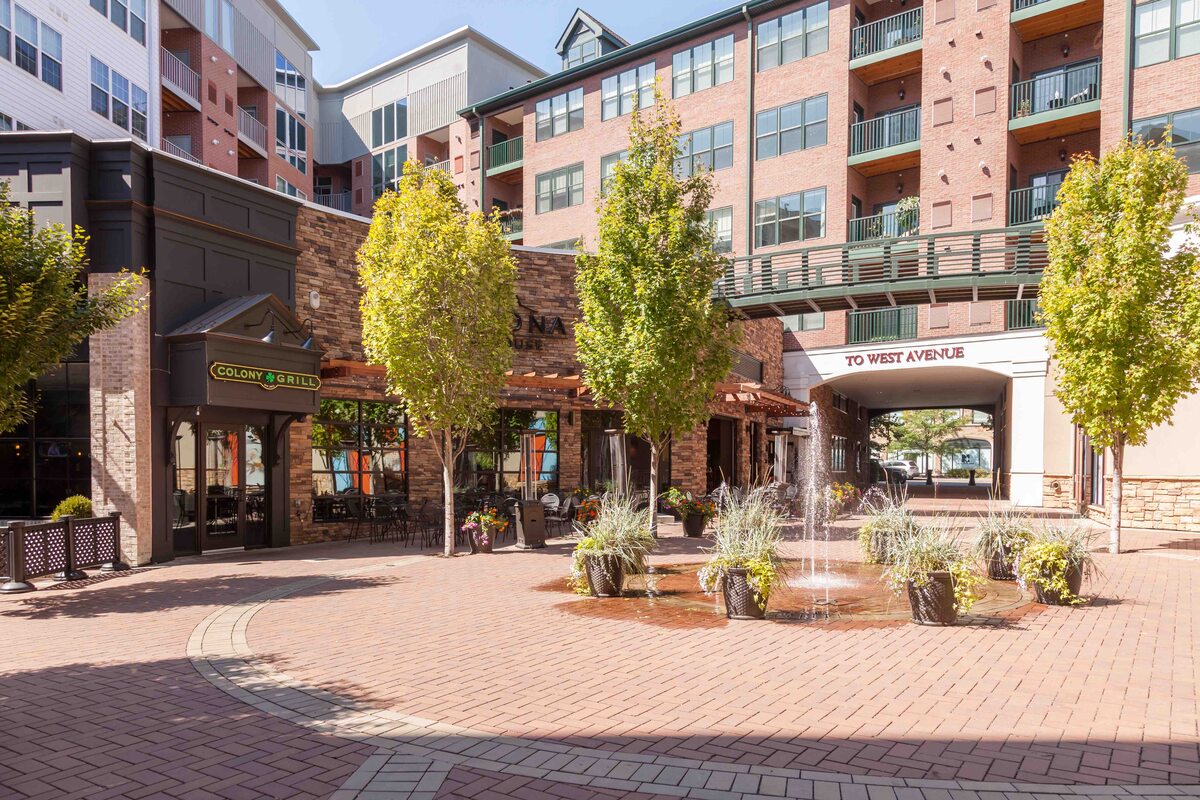

0 thoughts on “What Is Zoning For Multifamily”